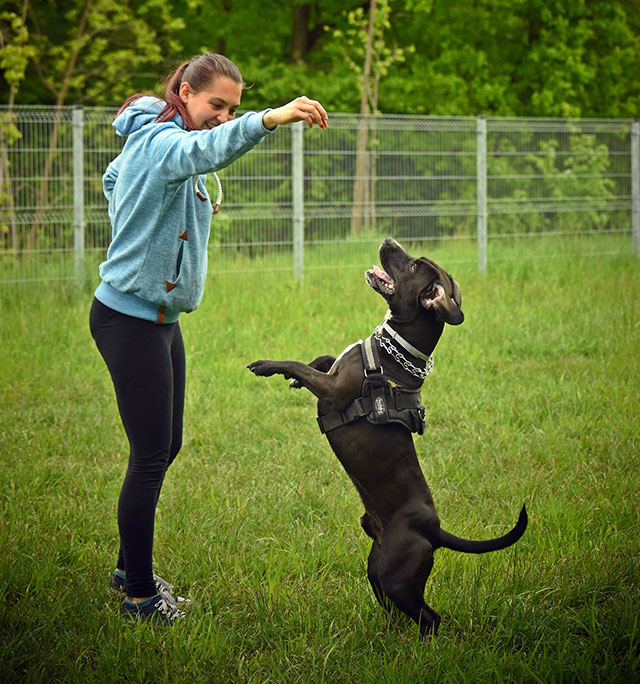Training your dog for sport goes beyond basic obedience and manners; it involves honing specific skills and behaviors tailored to the demands of various canine sports. Whether you're interested in agility, obedience trials, or flyball, proper training is essential for success.
 training your dog
training your dogHere are some of the key steps and considerations for training your dog for sport, focusing on techniques that enhance performance, build confidence, and strengthen the bond between you and your canine companion.
Training Foundation
Before delving into sport-specific training, establish a solid foundation of basic obedience commands with your dog such as sit, stay, come, and heel. These commands form the building blocks for more advanced skills and behaviors required in sports settings. Consistency, positive reinforcement, and patience are crucial during this foundational training phase.
Understanding the Sport
Each dog sport has its unique set of rules, equipment, and objectives. Take the time to research and understand the requirements of the sport you're interested in pursuing with your dog. Attend training classes, workshops, or seminars led by experienced instructors who can provide guidance and insights tailored to your chosen sport.
Physical Conditioning
Just like human athletes, dogs benefit from physical conditioning to improve strength, endurance, and agility. Incorporate regular exercise routines, including walking, running, and play sessions, to keep your dog physically fit and mentally stimulated. Gradually introduce sport-specific exercises and drills to prepare your dog for the demands of competition.
Skill Development
Focus on developing the specific skills and behaviors needed for your chosen sport. For agility, practice navigating obstacle courses such as jumps, tunnels, and weave poles. For obedience trials, refine precision and consistency in executing commands such as recalls, retrieves, and stays. Seek feedback from trainers or mentors to fine-tune your training approach and address any areas needing improvement.
Positive Reinforcement
Utilize positive reinforcement techniques such as treats, praise, and toys to motivate and reward desired behaviors. Dogs thrive on positive feedback and enjoy the training process when it's fun and rewarding. Avoid punishment-based methods that may undermine trust and confidence, opting instead for gentle guidance and encouragement.
Consistent Practice
Consistency is key to success in dog sports. Schedule regular training sessions to reinforce skills, build muscle memory, and maintain focus. Break down complex behaviors into smaller, manageable steps, gradually increasing difficulty as your dog progresses. Celebrate small victories along the way and remain patient during setbacks or challenges.
Conclusion
Training your dog for sport requires dedication, patience, and a commitment to ongoing learning and improvement. By establishing a strong foundation of basic obedience, understanding the requirements of your chosen sport, and implementing positive reinforcement techniques, you can unlock your dog's full potential as an athlete. Remember to enjoy the journey together, celebrating the bond and camaraderie that develop through shared training experiences and accomplishments.


 Current Events
Current Events